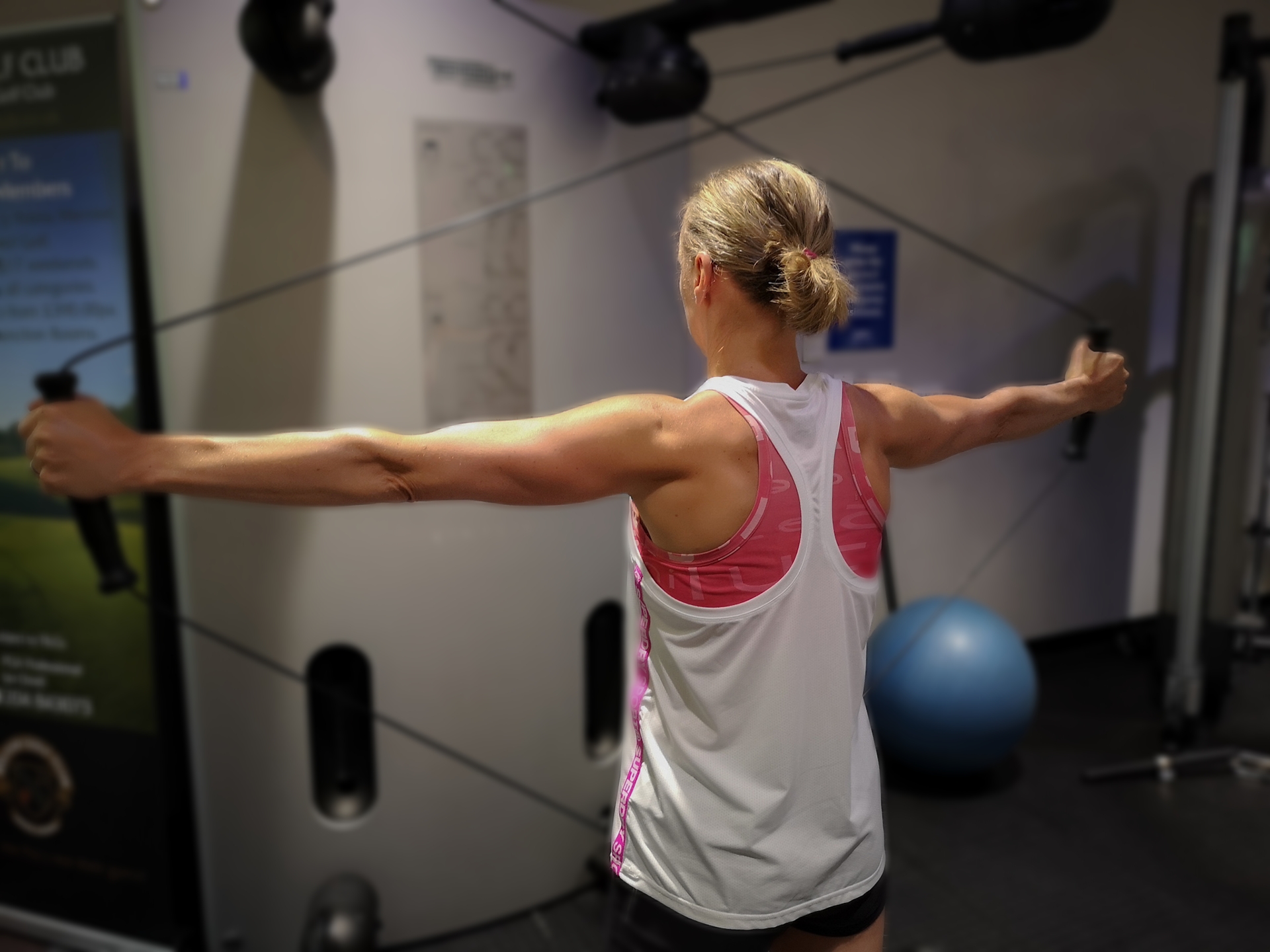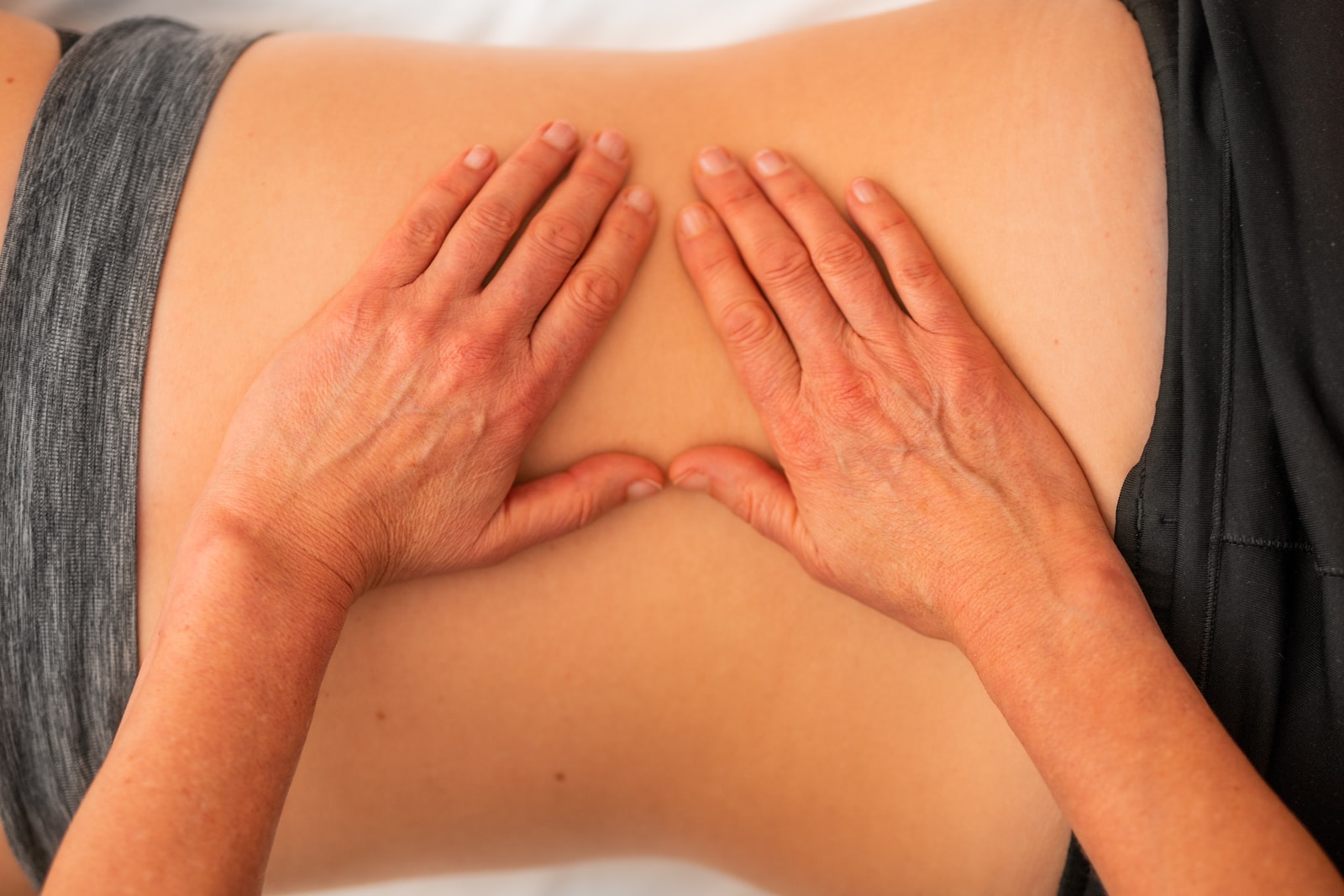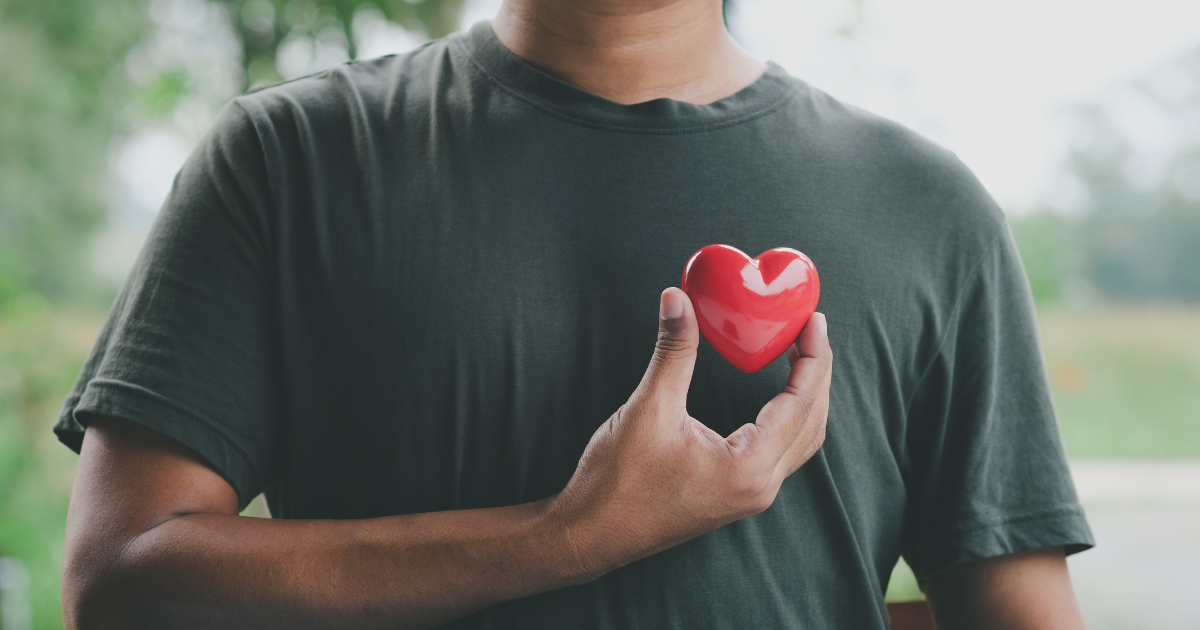Do you want to keep arthritis away with an active lifestyle?
Are you aged 50 or older?
Have you got joint pain that gets worse the more you do?
Do you have stiffness in your joints in the morning that lasts about 30 minutes?
Following on from our first blog, Have you been told you have osteoarthritis? In our latest blog you can find information regarding living with Osteoarthritis (OA) and simple daily life changes to make to minimise the impacts of its symptoms.
Osteoarthritis is a condition that affects your joints, the surfaces inside your joints become dented, as a result the joint doesn’t move as smoothly as it previously did. This can have an effect on your quality of life limiting things like walking, exercising and general day to day activities. Osteoarthritis affects millions of people worldwide, causing joint pain in around 8.5 million people in the UK. Osteoarthritis of the knee and hip, is one of the top causes of disability around the world.
What are the symptoms?
The way osteoarthritis can affect your daily life can vary. For some, it causes only mild symptoms (such as pain and stiffness) that come and go, while others can cause constant and severe problems. All joints can be affected but it is more common at the knees, hips and small joints of the hands.
Osteoarthritis symptoms can vary depending on the joints involved and the severity of the onset. Some of the most common symptoms of osteoarthritis include:
- Stiffness of the joints, soreness and pain
- Perception of snaps and chafing when the joint moves
- Decreased function and limited ability to move the joint
- Weakness and muscle loss around the affected joint
- Bone spurs
- Bigger, swollen joints
The damage done by OA cannot be reversed but it can be managed. The present treatment strategies seek to reduce pain and improve physical function, and increase quality of life. Clinical guidelines, including the National Institute for Health and Care Excellence OA guidelines, consistently advise therapeutic exercise as a foundation treatment for persons with knee and hip osteoarthritis.
Understanding joints
In healthy joints, cartilage covers the ends of the bones that meet, and is surrounded by a small quantity of bulky fluid called synovial fluid. This fluid lubricates the joint, which permits suave movement between the bones.
Osteoarthritis progressively worsens over time. If osteoarthritis begins to worsen, the bones may begin to develop formations called spurs or break, and fragments of bone and cartilage may come loose and fluctuate into the joint. In the final stages of osteoarthritis, as the cartilage in the joints is worn, the connected bones begin to rub against each other, resulting in bone damage and increased pain. Finally, the movements of the affected joint can become very difficult and painful.
What are the causes of osteoarthritis?
The precise cause isn’t known, but a number of things are belief to enhance your risk of developing osteoarthritis, including:
- Joint injury – overusing your joint while it hasn’t had sufficient time to repair following an injury or operation
- Other conditions (secondary arthritis) – osteoarthritis can take place within joints seriously injured by a prior or existing condition, such as rheumatoid arthritis or gout
- Your sex – women are more likely than men to develop osteoarthritis.
- Age – your risk of developing the condition increases when you become older
- Family history – osteoarthritis may possibly run in families, even though studies haven’t recognised a particular gene responsible
- Obesity – being overweight puts surplus stress on your joints, especially those that endure the majority of your weight, such like your knees and hips
What you can do to help?
Recommended exercise programs for people with OA include strengthening, flexibility, and aerobic fitness. Individuals with OA capable of exercise have been recommended to be empowered to participate in a low-impact aerobic exercise program (walking, biking, swimming or other aquatic exercise). Aquatic exercise is ideal to land-based exercise because the body’s buoyancy greatly limits the compressive weight that the knee have to sustain. Seated bicycling can also partially unload the knee and maintain it even while it is exercised through a large range of motion.
Here are simple exercises for the hip and knee:
If you want to do something for your joints, the leg muscles should be trained. It’s a breeze with these exercises. Below are exercises for the knee that are easy to do at home anytime. You do not need special aids, a mat or a blanket and a chair are quite sufficient.
Knee Exercises
Knee extension
• Lie down on your back with a foam roller behind your thigh, just above the knee.
• Push your thigh down into the roller and lift your heel up off the floor as high as you can then continue to lift the leg from the roller.
• Lower your leg to the starting position and repeat.
Strengthening hamstrings
• Lay down on your stomach.
• Bend the affected knee to 90°.
• Put your free leg behind the affected leg’s heel.
• Apply extra pressure on the affected leg and extend the affected knee under control, resisting the pressure.
• Release the pressure and bend the knee back to 90°, then repeat.
Squat
• Stand tall and place your hands on your hips and your feet hip width.
• Initiate the squat by pushing your hips back, as if you were sitting on a chair.
• Continue the movement by bending the knees, keeping them directly over the feet.
• Lower yourself until the thighs are about parallel to the ground or to the point where you begin to lose the neutral spine by rounding your lower back.
• Lift back up and repeat.
• Make sure to keep the spine neutral and knees aligned at all times.
Hip exercises
Clamshell
• Lie on your side with both legs slightly bent and a towel between your knees, gently squeeze the towel
• Lift your top leg (left leg), keeping your pelvis stable, your leg slightly bent and your heels together. Rotate your hip so that your foot and your kneecap are pointing upward during the movement.
• Return to the initial position and repeat.
• Use Towel between knees
Bridge
• Lie on your back with palms down and feet flat on the ground, hip-width apart. Slide your shoulders away from our ears.
• Press through your heels to lift your hips.
• For a greater challenge, interlace your fingers under your body. Walk your shoulders toward each other so your body is resting on the outer edges of your shoulders. Look toward your chest or the sky with your head on the floor while focusing on your breath.
• Use your inner thighs to keep your knees in line with your hips and toes.
• Breathe deeply into your open chest and navel
Leg swings
• Stand next to a chair for balance.
• Squeeze the gluts of the support leg then stand on that leg, keeping the pelvis stabilized and level. Put your hand on your hip to prevent any lateral shift.
• Slowly swing your free leg, keeping the pelvis stable.
Blog by: Elena Raluca Gherasamescu
References
https://www.healthline.com/health/osteoarthritis/easy-excercises-knee
https://www.webmd.com/osteoarthritis/features/oa-knee-hip-exercises#1
https://www.arthritis.org/about-arthritis/where-it-hurts/hip-pain/treatment/hip-exercise.php
https://www.arthritis-health.com/blog/7-core-exercises-relieve-back-and-hip-arthritis-pain
Ernstgård, A., PirouziFard, M. and Thorstensson, C. (2017). Health enhancing physical activity in patients with hip or knee osteoarthritis – an observational intervention study. BMC Musculoskeletal Disorders, 18(1).
Holden, M., Burke, D., Runhaar, J., van Der Windt, D., Riley, R., Dziedzic, K., Legha, A., Evans, A., Abbott, J., Baker, K., Brown, J., Bennell, K., Bossen, D., Brosseau, L., Chaipinyo, K., Christensen, R., Cochrane, T., de Rooij, M., Doherty, M., French, H., Hickson, S., Hinman, R., Hopman-Rock, M., Hurley, M., Ingram, C., Knoop, J., Krauss, I., McCarthy, C., Messier, S., Patrick, D., Sahin, N., Talbot, L., Taylor, R., Teirlinck, C., van Middelkoop, M., Walker, C. and Foster, N. (2017). Subgrouping and TargetEd Exercise pRogrammes for knee and hip OsteoArthritis (STEER OA): a systematic review update and individual participant data meta-analysis protocol. BMJ Open, 7(12), p.e018971.
Rahmann, A. (2010). Exercise for people with hip or knee osteoarthritis: a comparison of land-based and aquatic interventions. Open Access Journal of Sports Medicine, p.123.



